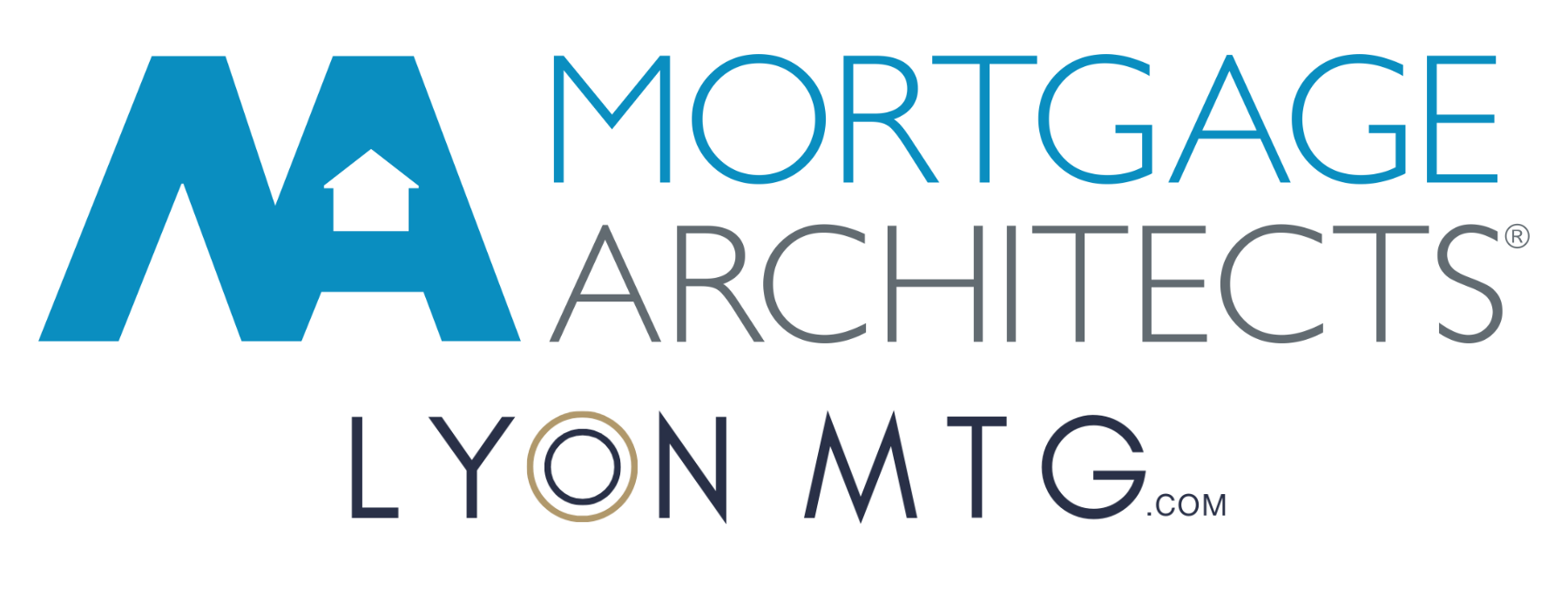Fixed vs. Variable Mortgages: Which is Right for You?
When arranging a mortgage, one of the first decisions you’ll need to make is whether to go with a fixed or variable rate. Both options have their own benefits and challenges, and understanding the differences will help you choose the one that fits your financial situation best.
In this post, we’ll break down the differences between fixed and variable mortgages, how they’re priced, the pros and cons of each, and what you should consider before making a decision.
What are Fixed and Variable Mortgages?
Fixed Rate Mortgage: Your interest rate stays the same for the entire mortgage term. That means your monthly payments won’t change, making budgeting more predictable.
Variable Rate Mortgage: Your interest rate changes during the term. There are two main types:
- Variable Rate Mortgage (VRM): Your payment amount stays the same, but how much goes toward principal vs. interest changes as rates move.
- Adjustable Rate Mortgage (ARM): Your payment amount itself changes when rates move.
How Do Fixed and Variable Mortgages Work?
Fixed
- Your rate is set when you sign your mortgage contract.
- Payments remain consistent, regardless of whether interest rates rise or fall.
- Fixed rates are heavily influenced by the Canadian 5-year bond yield.
Variable
- Your rate is tied to your lender’s prime rate, which follows the Bank of Canada’s overnight lending rate (reviewed 8 times a year).
- Lenders usually offer a discount from prime, such as Prime – 0.4%.
- You can often lock into a fixed rate at any time (though usually for a term equal to or longer than what’s left on your mortgage).
Penalties for Breaking Your Mortgage
Fixed
- The greater of three months’ interest or the Interest Rate Differential (IRD). IRD can be very costly if rates have dropped since you signed.
Variable
- Always three months’ interest — simpler and usually less expensive.
Pros and Cons
Fixed Rate Pros:
- Predictable payments, easier budgeting
- Protection if rates rise
- Currently about 1% lower than variable, meaning you may qualify for more
Fixed Rate Cons:
- More penalty risk if you break the mortgage early
- You miss out if rates fall
Variable Rate Pros:
- Benefit if rates decrease
- Less penalty risk(3 months’ interest)
- Option to lock into fixed at any time
Variable Rate Cons:
- Payments (ARM) or interest portion (VRM) can rise if rates go up
- Less predictable for budgeting
- Lock-in rates may not always be the best available
Quick Summary
• Fixed mortgages = stable, predictable, tied to bond yields, but more penalty risk.
•
Variable mortgages = tied to Bank of Canada, potential savings, lower penalty risk, but less predictable.
•
VRM vs. ARM = VRM keeps payments steady while ARM adjusts payments with rates.
Next Steps
Choosing between fixed and variable depends on your risk tolerance, financial goals, and comfort with rate changes. If you’re unsure which option is right for you, let’s talk about your situation and find the best fit.
Need help with your mortgage? Book a consultation or call 778-988-8409.
Mortgage Term Glossary
Adjustable Rate Mortgage (ARM): A variable mortgage where payments increase or decrease as rates change.
Amortization: The total length of time it will take to pay off your mortgage completely (typically 25–30 years in Canada).
Bond Yield: The return investors get from government bonds. Used as a benchmark for fixed mortgage rates.
Down Payment: The upfront amount you pay toward the purchase price of a home, expressed as a percentage of the total price.
Equity: The difference between what your home is worth and what you owe on your mortgage.
Fixed Rate: An interest rate that stays the same for the entire mortgage term.
Interest Rate Differential (IRD): A penalty calculation for breaking a fixed mortgage when current rates are lower than your original rate.
Lock-In: The option to switch from a variable mortgage to a fixed mortgage during your term.
Mortgage Term: The length of your mortgage contract with your lender (typically 1–5 years), after which you need to renew.
Prime Rate: The interest rate banks use as a baseline for loans, influenced by the Bank of Canada’s overnight rate.
Variable Rate Mortgage (VRM): A variable mortgage where payments stay the same, but the principal vs. interest split changes with rate moves.
Variable Rate: An interest rate that changes during your mortgage term based on lender prime rates.





